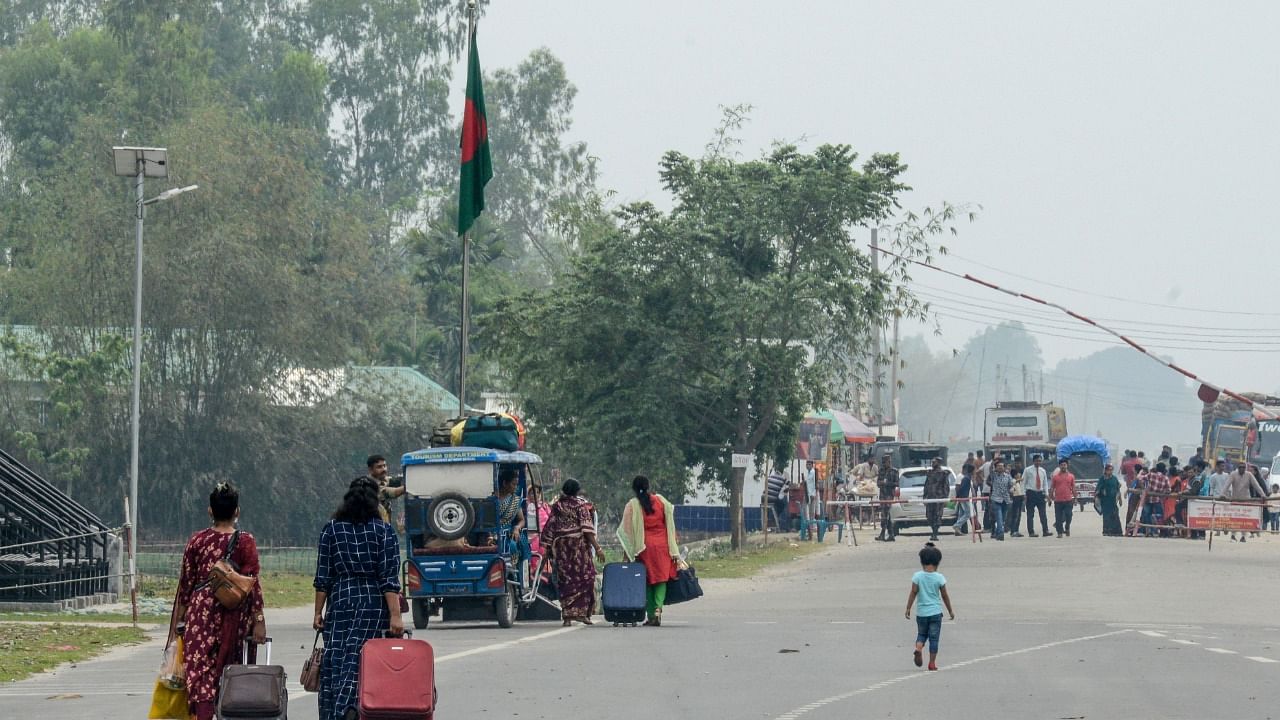
The absence of adequate infrastructure is to blame for South Asia's appalling level of regional integration, which stands at just five per cent according to the World Bank. As a result, logistics costs have risen, raising the overall cost of trading in the region. Different types of border management infrastructure, such as Land Customs Stations (LCSs), Immigration Check Posts (ImCPs), and consolidated facilities, like Integrated Check Posts (ICPs), and other border-trade centres, help India's land border trade with Bangladesh.
The ICPs are land border entrance and departure points that house a variety of facilities, like customs, immigration, border security, and quarantine, among others, all inside a single facilitation zone. In 2019-20, the ICPs accounted for 40 per cent of India's entire commerce with Bangladesh.
Status of India – Bangladesh ICPs
Bangladesh is currently India's fifth-largest trading partner, with land trade accounting for almost 75 per cent of total trade. The four active ICPs located at Petrapole, Agartala, Sutarkandi, and Srimantapur handle most of this commerce. Two ICPs (in Agartala and Petrapole, respectively) were formally launched in 2013 and 2016, respectively.
The ICP Petrapole is the largest land port in South Asia, located along the international boundary between India and Bangladesh. It is located about 80 kilometres from Kolkata, West Bengal's capital. In terms of trade and passenger traffic, Petrapole (India)-Benapole (Bangladesh) is a major land border crossing for India and Bangladesh. The ICP Petrapole is responsible for over 30 per cent of land-based traffic between India and Bangladesh. Since its launch in February 2016, it has seen a steady increase in passenger traffic, with an average of 2.2 million persons crossing the border post each year on both sides.
The ICP Agartala is the most important international trading land port in northeast India, with an average of 80-100 trucks filled with various trade commodities arriving in Tripura from Bangladesh daily. On average, Rs 3 to 4 crore worth of trades takes place through the ICP Agartala.
Impact and challenges
By combining all relevant agencies under one roof and therefore significantly organising the processes, the ICPs have altered border crossings between India and Bangladesh. Cross-border transportation has grown easier and less time-consuming where the facilities are operational. Passengers at the checks in Agartala and Petrapole have reported better conditions.
It is also important to overcome several existing problems at the India-Bangladesh ICPs that obstruct smooth connectivity. These issues include a lack of digitisation at both countries' ICPs, port limits due to a lack of cargo-handling infrastructure, and quarantine restrictions, among others.
In particular, the lack of a mirror ICP infrastructure increases trade hurdles, limiting the convenience of conducting business.
Way Forward
The ICPs on the India–Bangladesh border show India's desire to provide world-class amenities at the border checkpoints to boost trade and connectivity with its neighbour. The Agartala and Petrapole ICPs have resulted in significant progress, but there is still much more work to be done. The government may learn from current ICPs to avoid repeating their weaknesses and, as a result, improve those that are still being constructed. Effective ICPs will be critical for India's trade and connection with Bangladesh in the future. As a result, India must concentrate on modernising facilities on a regular basis.
(The writer is an independent researcher of South Asian affairs)
Disclaimer: The views expressed above are the author's own. They do not necessarily reflect the views of DH.
Watch the latest DH Videos here: